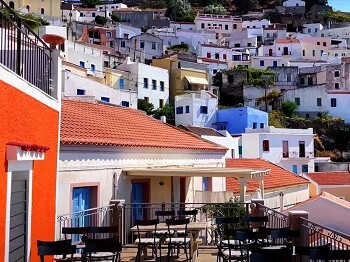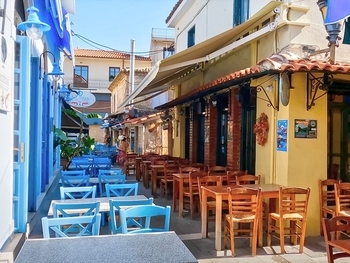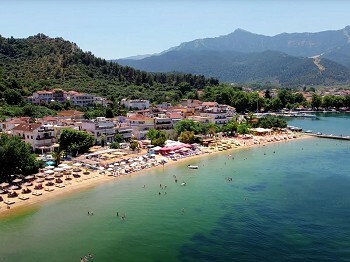Best Time to Visit

When planning your trip to Santorini, it's crucial to consider the timing. The island experiences a Mediterranean climate with scorching summers and mild winters. The optimal time to visit is during the shoulder seasons of spring (April to June) and, if swimming in the sea is on your agenda, autumn (September to October). During these months, you'll enjoy pleasant weather, fewer crowds, and more affordable accommodations compared to the bustling summer months. However, if you crave the lively atmosphere and don't mind larger crowds and higher prices, then July and August are perfect for your visit.
Sunscreen and Hydration Are Essential

The climate of Santorini is characterized by its intense sun, necessitating the constant use of sunscreen and maintaining hydration levels. The sun's rays can be harsh, making it essential to protect your skin. Ensure you drink plenty of water throughout the day, especially when exploring the island or relaxing on its beautiful beaches.
Transportation on the Island

Santorini, despite its small size, offers limited public transportation options. To fully explore the island and discover hidden treasures that may be inaccessible by public transport, consider renting a car, ATV, or scooter. These choices provide flexibility and independence. Alternatively, taxis and buses are available but may be less convenient for those wishing to explore beyond the usual tourist paths.
Be Prepared for Crowds

Santorini is renowned for its popularity, leading to bustling narrow streets and crowded iconic viewpoints, especially during the peak summer season. To fully appreciate the island's beauty without the overwhelming crowds, consider visiting popular spots early in the morning or during late afternoon hours. Catching the sunset in Oia is a must-do experience, but arrive early to secure a prime viewing spot.
Respect the Local Culture

Respecting local customs and culture is essential while visiting Santorini. Greek hospitality is renowned, so demonstrating respect can greatly enhance your experience. When visiting churches, monasteries, or archaeological sites, dress modestly by covering your shoulders and knees. It's also customary to greet locals with a warm "kalimera" (good morning) or "kalispera" (good evening) to foster positive interactions.
Currency and Payments

In Greece, the Euro (EUR) is the accepted currency. While credit cards are widely used, it's advisable to carry cash, especially when visiting smaller establishments, family-owned shops, or enjoying street food. ATMs are readily available across the island, ensuring easy access to cash as needed.
Savor the Local Cuisine

Indulge in the rich flavors of Santorini's cuisine, including traditional dishes like moussaka, souvlaki, tzatziki, and fresh seafood. The island is renowned for its distinctive white eggplant and cherry tomatoes. Visit local tavernas and restaurants to experience the delights of Santorini's culinary scene, and don't forget to sample the world-famous local wines.












